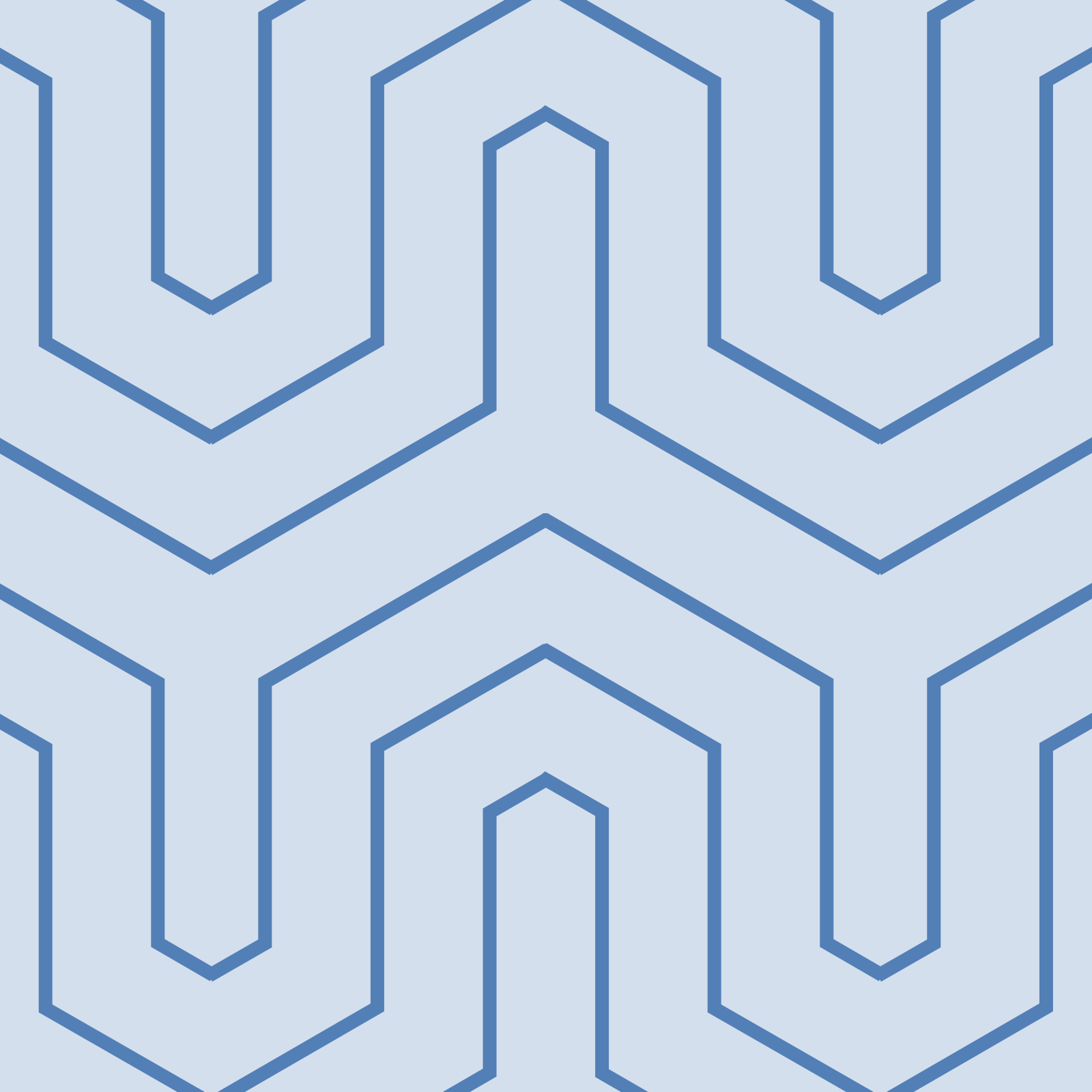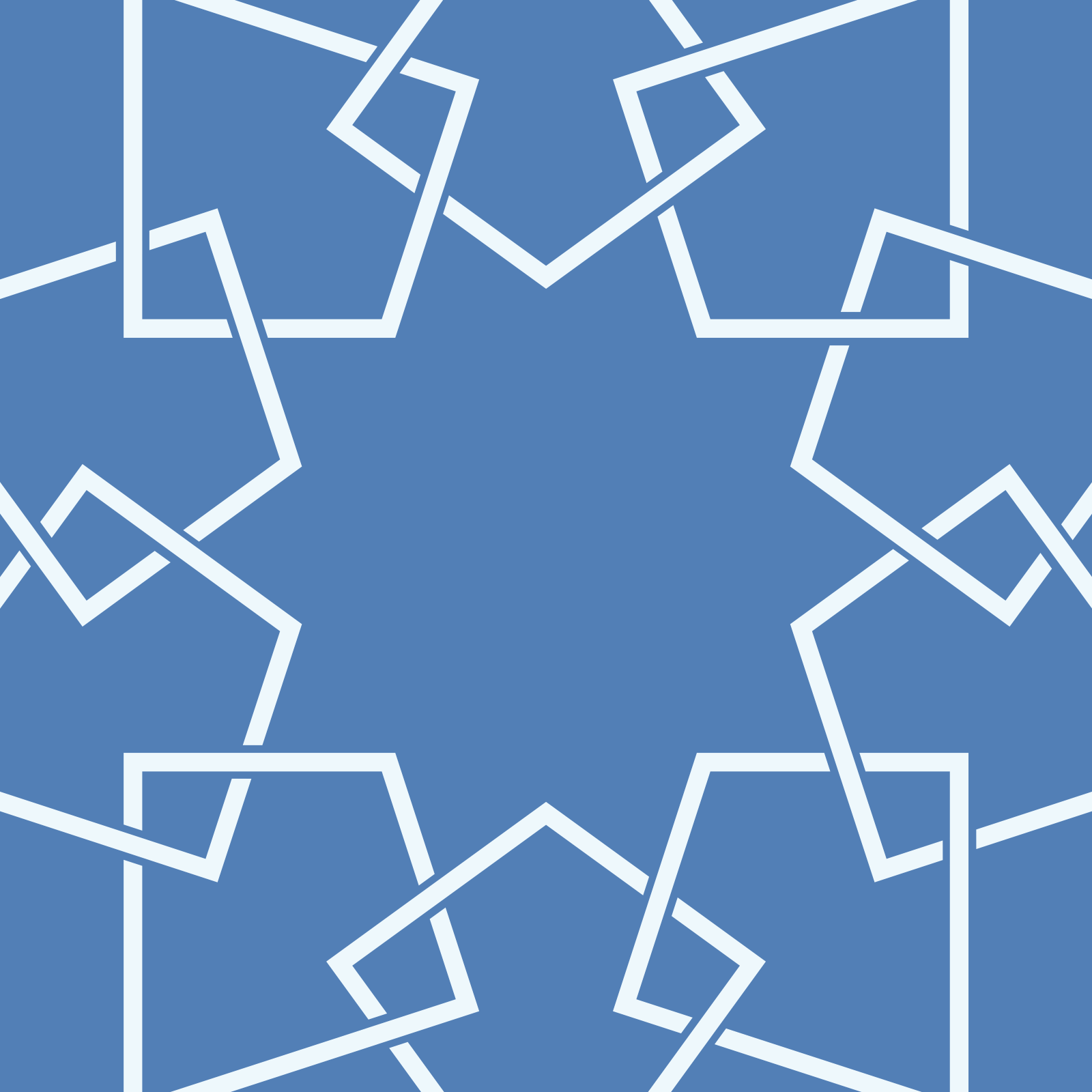German comics artist Soufeina Hamed chooses good humour over vitriol

Soufeina Hamed talks to My Salaam about being stereotyped, the challenges of wearing a headscarf and the importance of art in presenting new perspectives to the majority.
What gave you the idea of using comics to open a dialogue and create empathy? Do you remember the exact moment or piece of art that decided things for you?
In high school, a friend of mine encouraged me to upload and share some of my artwork on an artist's social network, and so I did. Once, I decided to share something that bothered me a lot: a simple situation showing me (a girl with a headscarf) on a train, being stared at by an old lady. And from the old lady’s perspective, I was an alien. This drawing evoked so many comments and questions and discussions that I continued to draw more of these “heavy” topics we all hear about in the media.
How does your art help you develop your own empathy? Your comics about the frustrating perceptions of others bear no vitriol or anger. They are good-humoured instead.
It definitely helps. I think and ponder a lot before drawing a comic. Art helps me process my feelings; it makes me question myself: “Why is this is bothering me? Why am I feeling anger?” At the same time, I think a lot about what [reaction] the comic will cause in public and how I want people to react and feel eventually. And I decided the best effect is the “aha” experience: when a reader realises something unexpected. And people tend to accept these experiences more when they feel positive, when they have laughed at the humour rather than when they feel accused of something, for example.
http://tuffix.net/portfolio/transform/

In the comic ‘Transform' , you talk about wanting to avoid the pigeonholing as a headscarf-wearing Muslim. Why does this happen, in your opinion and is it inevitable when you look different from the majority?
This is one of my biggest challenges: I don't want to be reduced to my headscarf, but people tend to see my headscarf first in the comics. In other interviews, I am usually presented as the “headscarf wearing artist” although my work is about so much more: about identity, home, travels etc. So since I know that my headscarf will always be salient, I am trying to surprise people like in the Breaking Bad comic or other everyday comics about my studies. I make them identify with that girl in the comic, who happens to wear a headscarf.
And yes, it might be inevitable, but it’s not that simple. What does "different looking" mean? It is not about looking different. It is about what people unconsciously connect with it: Dependent, uneducated, prude, fundamentalist etc. And this may be simplistic, but I believe the media is one of the biggest reasons this happens. Plus a lot of people are just too lazy to question what they see on TV.
However, in Germany at least, I am trying to see the positive: I see more and more Muslim woman being visible in public, on TV, in the arts. Although they are only visible in their role as a “muslim woman”, I believe, we have to go through this phase to reach the next phase where Muslim women appear on TV not for speaking about Islam and Muslims, but about their scientific research, their artwork, their travels etc.
When you tackle political subjects, do you censor a lot, or do you feel free to say exactly what is on your mind? And why?
What is a political subject? Looking at my art, I am not sure I am censoring too much. However, I am very careful: I only share thoughts that I am totally convinced of and I always keep my goal in mind: I want to reach people and make them understand my perspective.
Could you explain this one? When was this one created? Is it based on German reactions? Is this what mass media says, or was it said to you personally because you are visibly Muslim?
To be honest, I am not sure when this one was created specifically. This happens after every major attack. It is based on German reactions and yes, this is said in the mass media but also to me as a person.

If you had to pick a genre for your comics, what would it be?
Hm … very difficult. Probably “alternative”.
What are some of the most inspiring and influential projects you have worked on?
I drew some artwork for a travelling exhibition called “Was glaubst du denn?!” for the Federal Agency for Civic Education. It is an amazing exhibition that German schools and other institutions can book. I had the pleasure to meet the German president there and show him around with the rest of the team.
Besides exhibitions, I offer workshops where I help young people express feelings about racist everyday encounters in comics. I felt these small things … these safe spaces are so valuable!
On your blog, you said that you have taken steps to becoming a professional artist. What motivated you?
I got so many questions about my work while I was working in another field even though I wasn’t updating my website or Facebook page. Now more then ever we need to find ways to connect, to have a basis to start honest and deep conversations. Art is magical for that. And I kept thinking that when I am 70 years old, I will regret not having done more with my art.
So my next steps will definitely be more contributions, an online shop and my dream: my own graphic novel.

Susan Muthalaly